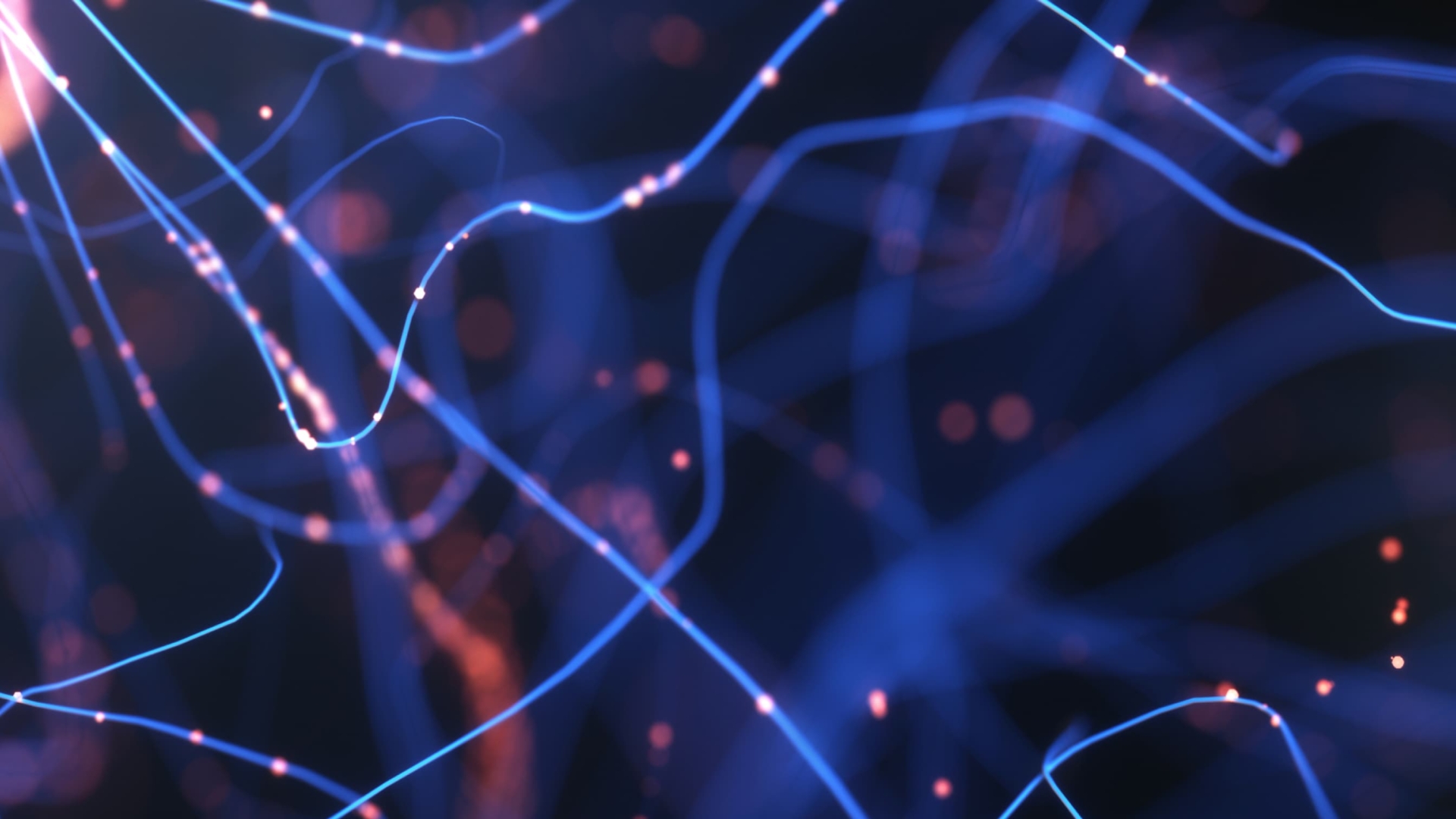This website uses cookies so that we can provide you with the best user experience possible. Cookie information is stored in your browser and performs functions such as recognising you when you return to our website and helping our team to understand which sections of the website you find most interesting and useful.

Output Catalog
ASAP is committed to accelerating the pace of discovery and informing a path to a cure for Parkinson’s disease through collaboration, research-enabling resources, and data sharing. We’ve created this catalog to showcase the research outputs and tools developed by ASAP-funded programs.
results for "cragg"
Sort
Filter & Sort
-
Output Type
-
Program
-
CRN Team Name
-
Theme
No Results
Try changing your spelling or searching for something else.

